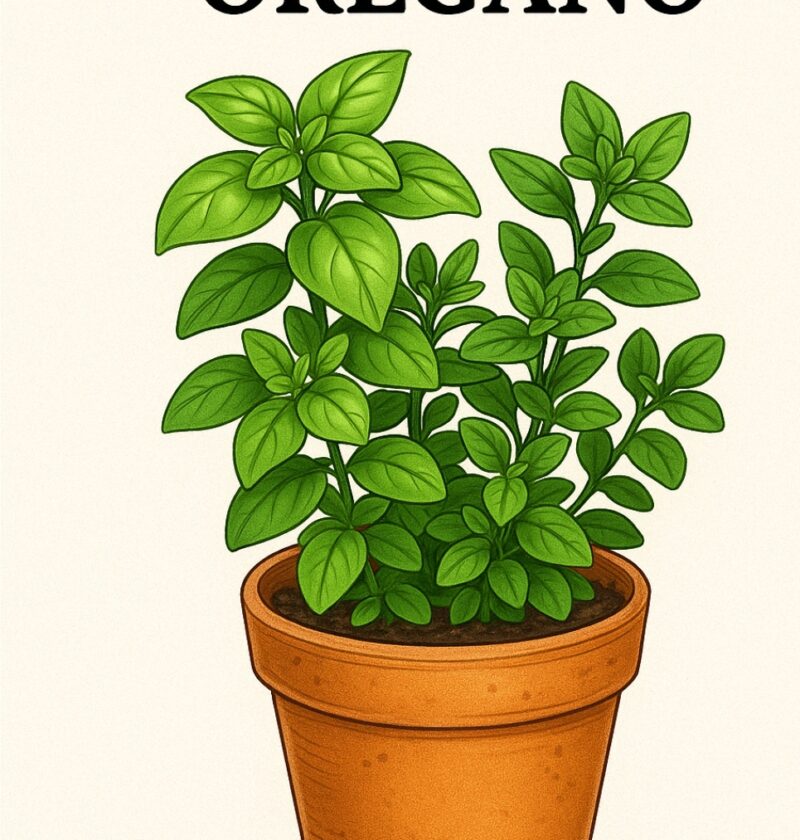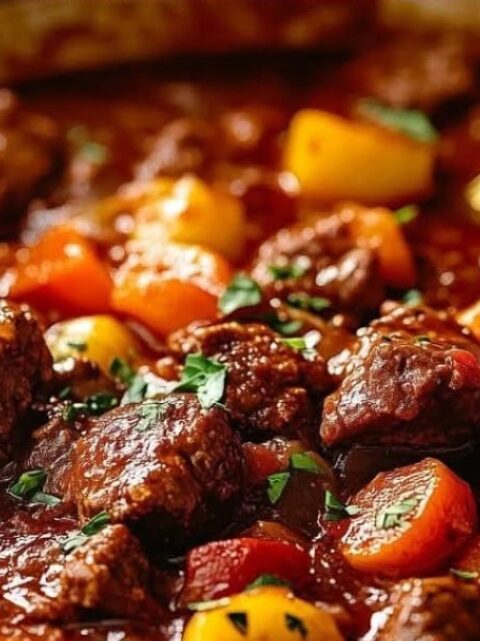Basil & Oregano: Culinary Classics You Can Grow at Home
Herbs like basil and oregano are more than just flavorful additions to your kitchen—they’re also incredibly rewarding to grow. Whether in a sunny windowsill, balcony container, or backyard herb bed, these herbs thrive with little effort and offer fresh, vibrant flavor for cooking year-round. Plus, their fragrant leaves and ease of care make them ideal for beginners and seasoned gardeners alike.
Why They’re Great: Aromatic, Edible, and Easy to Grow
Basil and oregano are two of the most popular culinary herbs in the world—and for good reason. Both are packed with essential oils that give them their bold aroma and taste, and they thrive with just a bit of sun and consistent watering. Growing them at home ensures you always have fresh herbs on hand, while also adding greenery and fragrance to your living space. Beyond cooking, both herbs contain antioxidants and anti-inflammatory properties, adding health benefits to every dish they touch.
Basil: The Fragrant Herb of Summer
Care Tips for Basil
- Light: Needs 6–8 hours of full sun per day. Indoors, place near a bright window or under a grow light.
- Watering: Keep soil consistently moist, but not soggy. Water at the base to avoid fungal issues.
- Soil: Prefers rich, well-drained soil with compost.
- Pinching: Regularly pinch off top leaves to encourage bushier growth and prevent flowering.
- Harvesting: Begin harvesting when the plant is about 6 inches tall. Take the top few sets of leaves and use fresh or dry for storage.
Best Uses in Cooking
Caprese salads, pesto, pasta sauces, herb butters, pizza toppings, and summer drinks like strawberry basil lemonade. Pairs beautifully with tomatoes, mozzarella, lemon, and garlic.
Oregano: The Robust Mediterranean Favorite
Care Tips for Oregano
- Light: Loves full sun—at least 6 hours daily. Indoors, a south-facing window is best.
- Watering: Allow the soil to dry out between waterings. Oregano is drought-tolerant once established.
- Soil: Well-draining soil, ideally sandy or loamy, is ideal.
- Trimming: Prune frequently to encourage new growth. Like basil, avoid letting it flower too soon.
- Harvesting: You can start harvesting once the plant reaches 4–5 inches. Pick leaves in the morning for the strongest flavor.
Best Uses in Cooking
Tomato sauces, grilled meats, marinades, roasted vegetables, soups, and herbed breads. Combines well with thyme, rosemary, basil, and garlic for a savory herb blend.
Growing Basil & Oregano Together
Both herbs grow well in containers and can be planted side by side in an outdoor herb box. Just ensure that:
- Basil gets enough water (more than oregano).
- Oregano has space to spread and doesn’t crowd basil’s vertical growth.
- You harvest regularly to keep both plants productive and happy.
Indoor Tips
- Use pots with drainage holes.
- Add small fans or occasionally open windows to improve air circulation.
- Snip and use leaves often—they’ll keep producing more.
Final Thoughts: Flavor at Your Fingertips
Basil and oregano are must-have herbs for any home gardener or cook. They’re easy to grow, beautiful to look at, and incredibly versatile in the kitchen. Whether you’re tossing together a fresh caprese salad or slow-simmering a tomato sauce, having these herbs within arm’s reach makes every meal more delicious. Start with a sunny spot, water consistently, and before long, you’ll be harvesting flavor straight from your own little herb garden.






